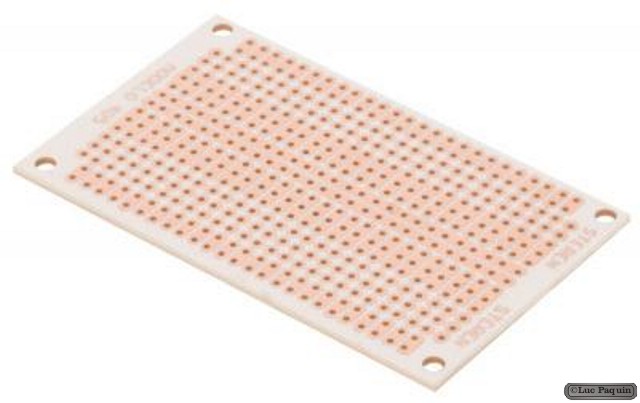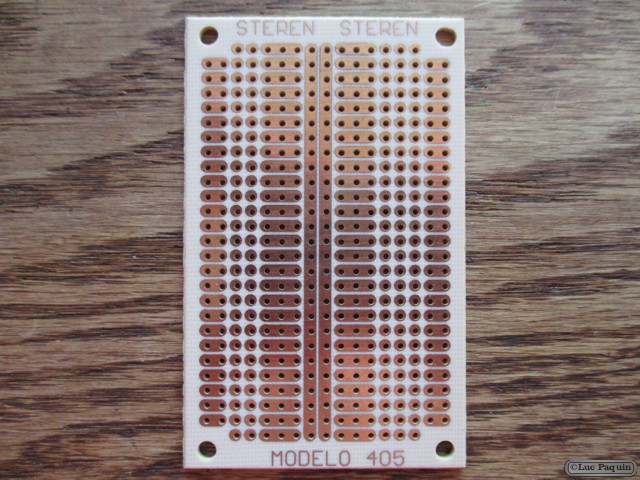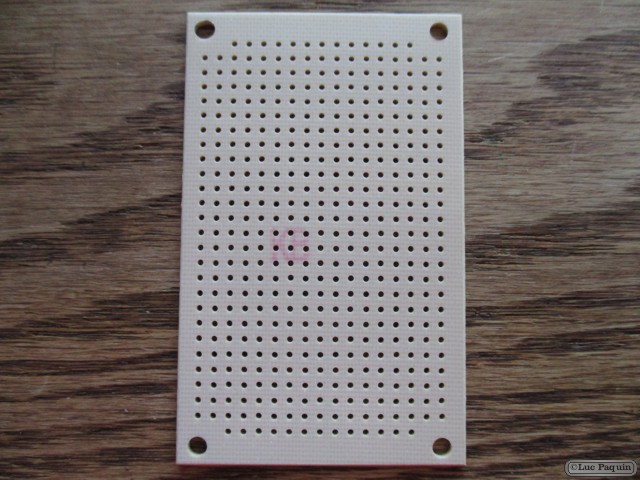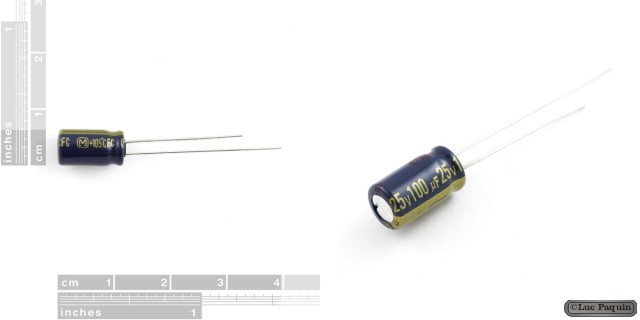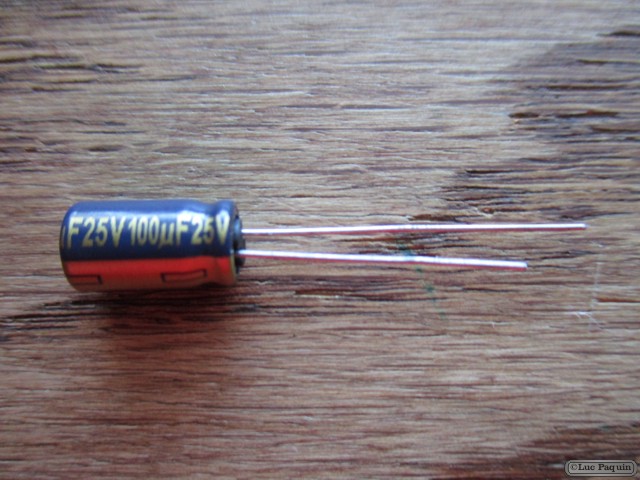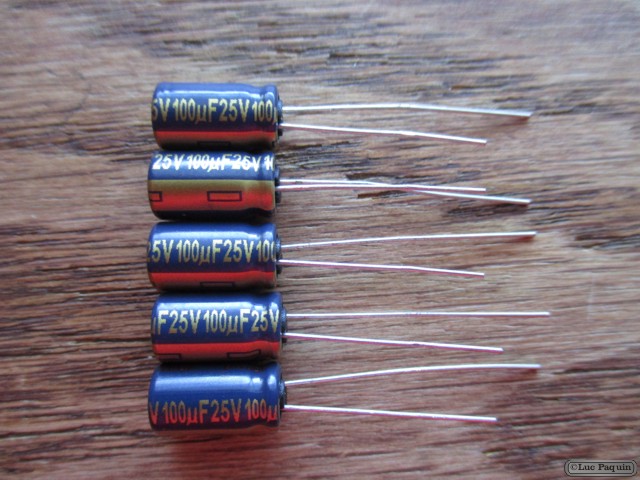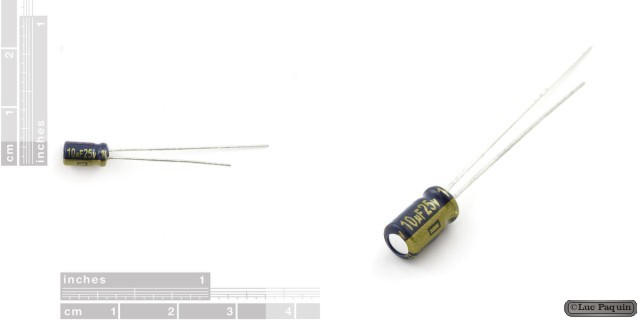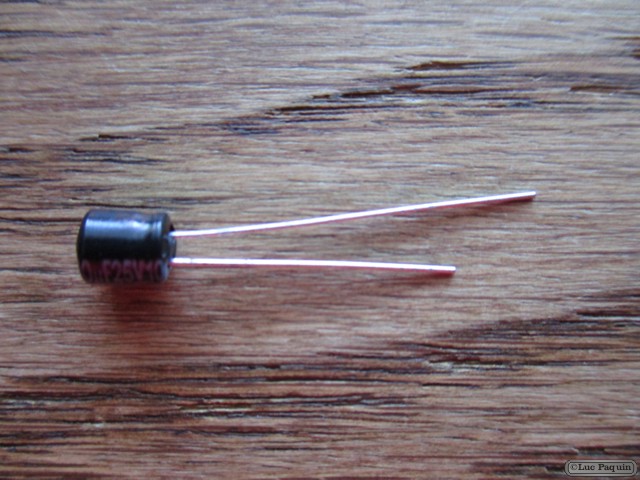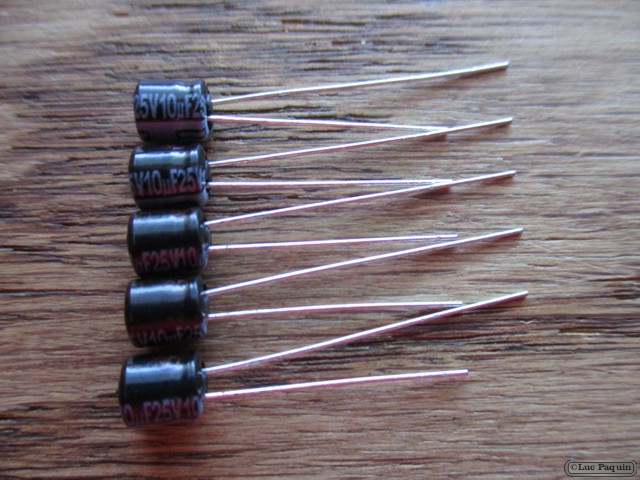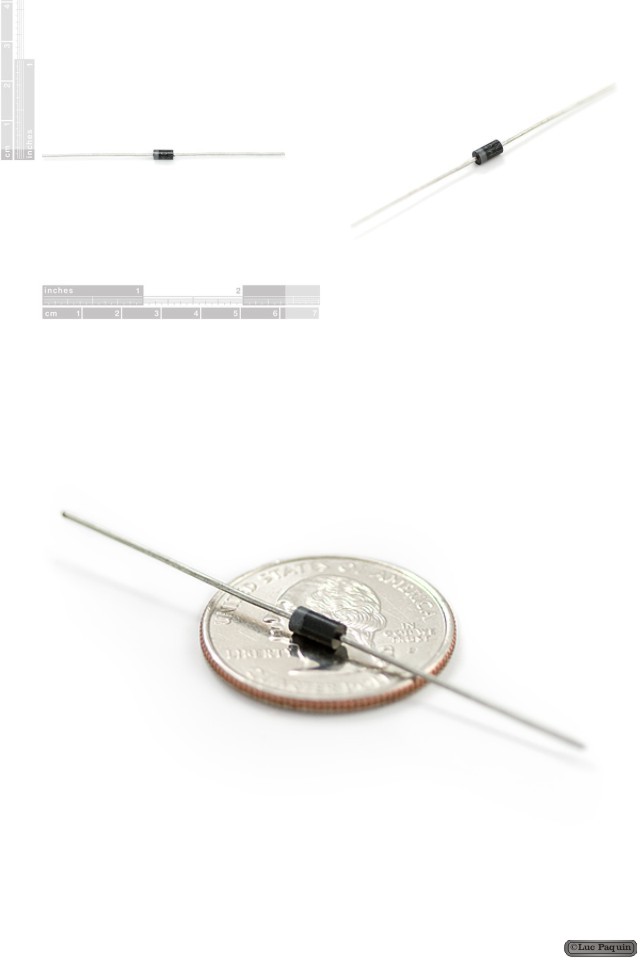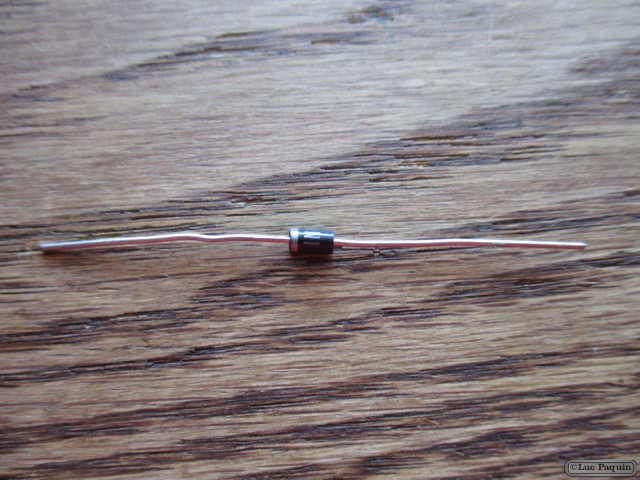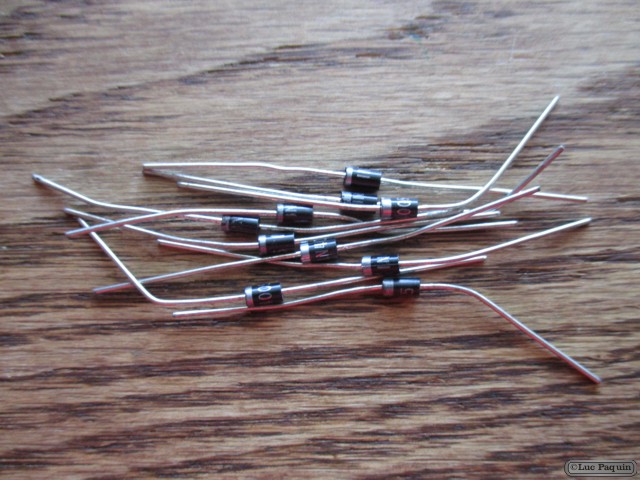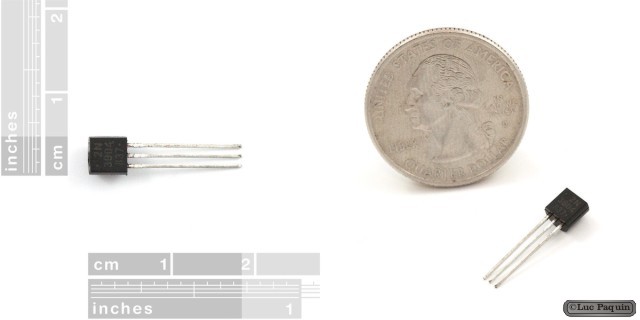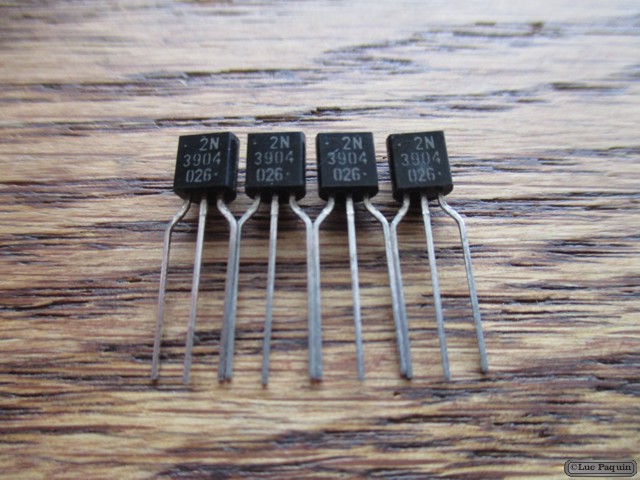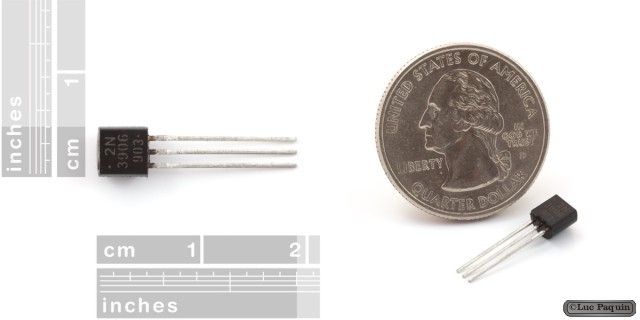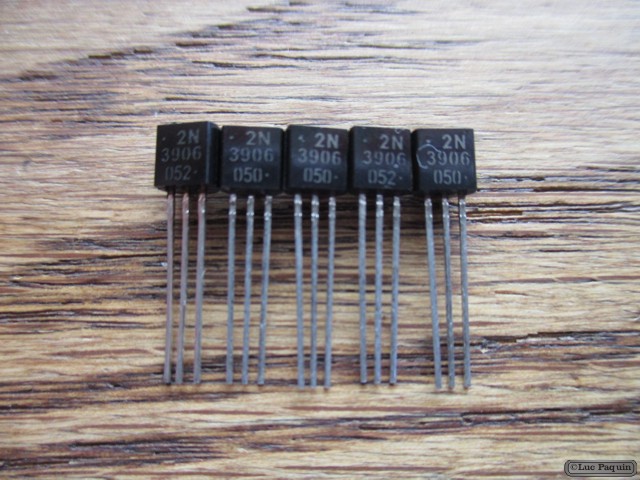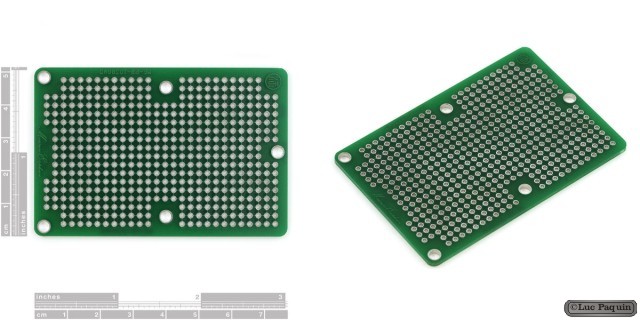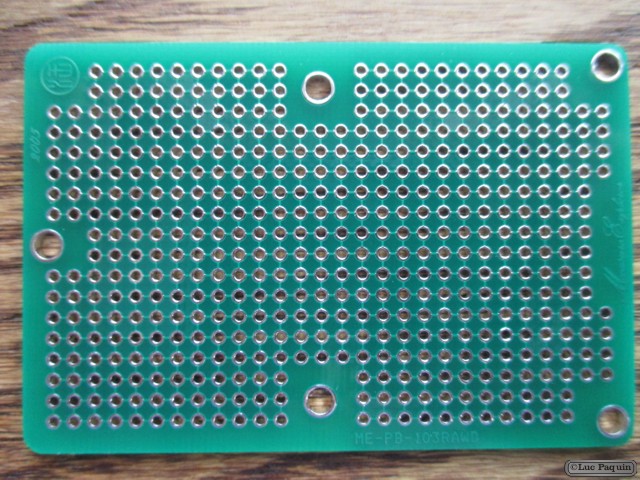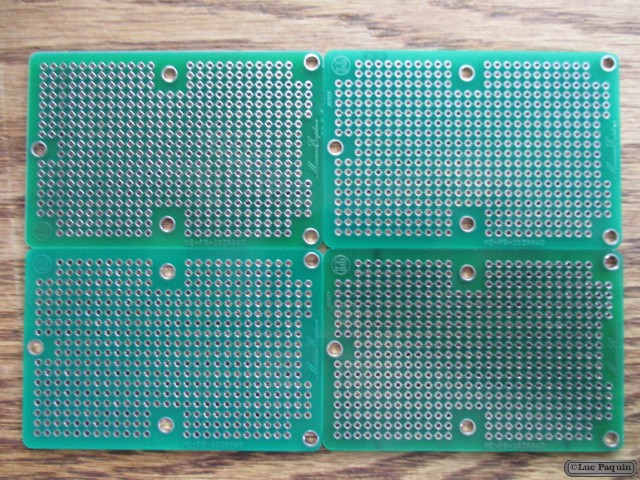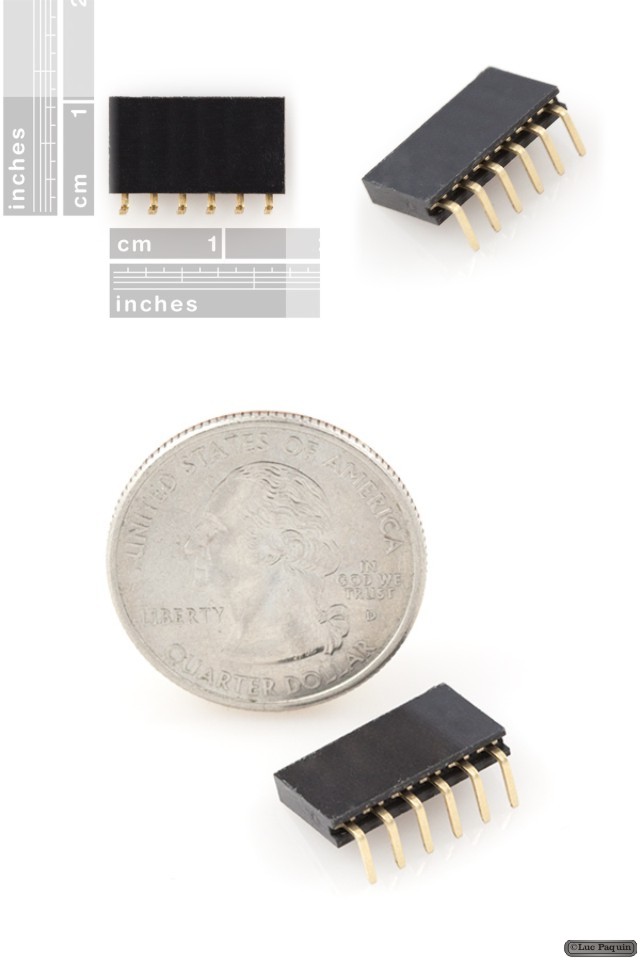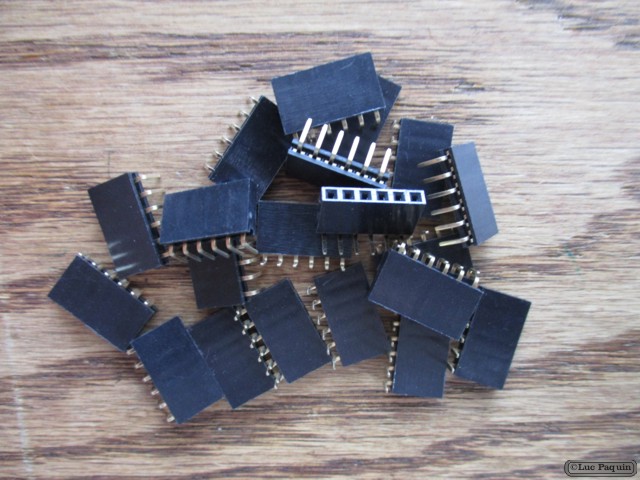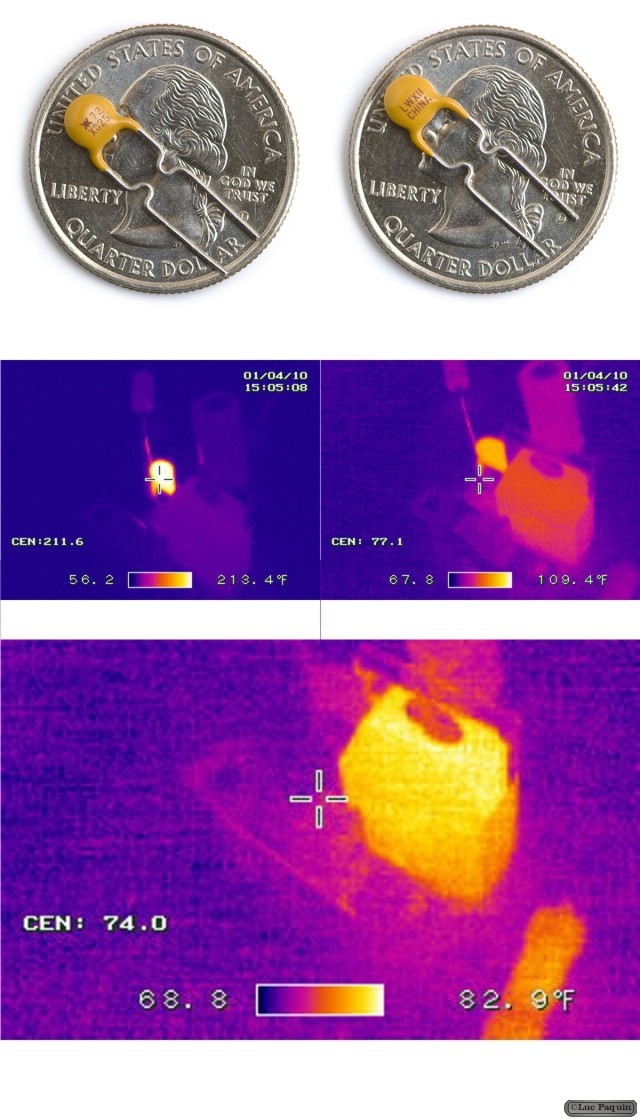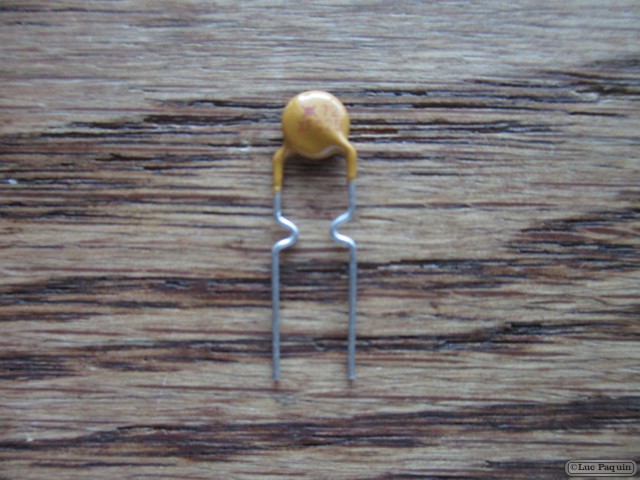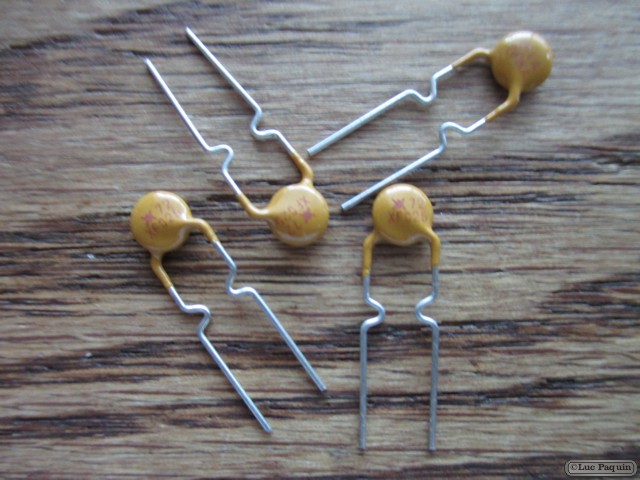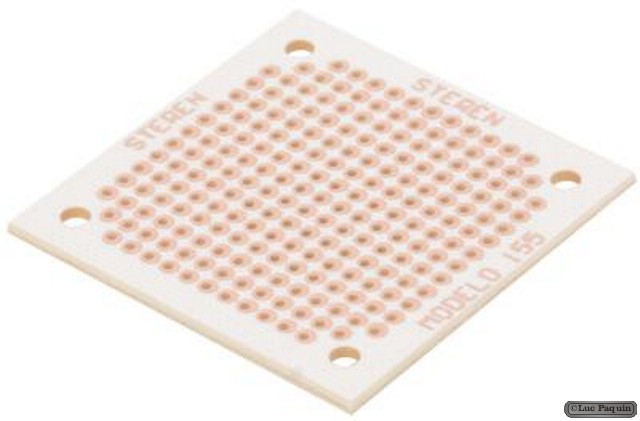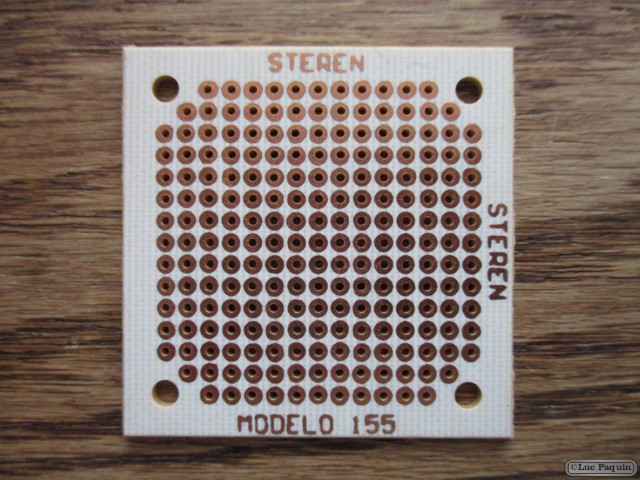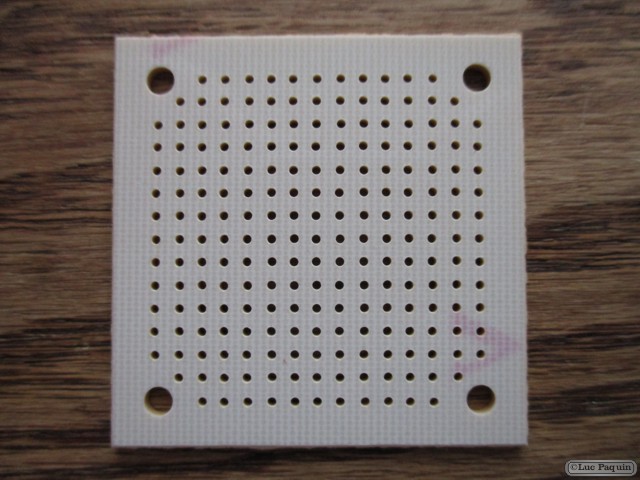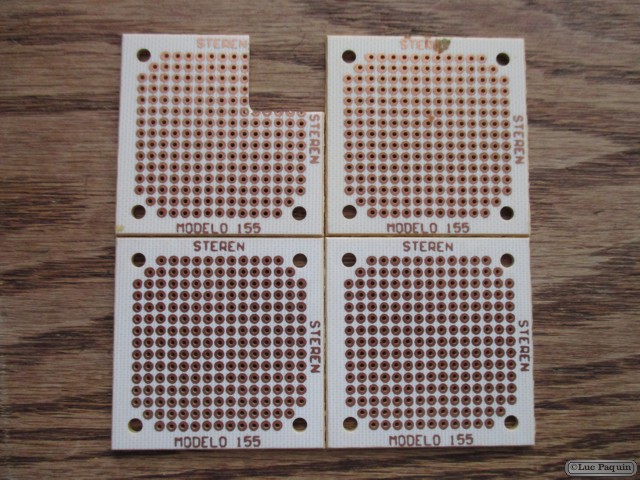Digital Electronics
Digital Electronics
Steren – Phenolic plate 7.5 x 4.5 cm for projects
SparkFun – Electrolytic Decoupling Capacitors – 100uF/25V
SparkFun – Electrolytic Decoupling Capacitors – 10uF/25V
SparkFun – Diode Rectifier – 1A 50V
SparkFun – Transistor – NPN (2N3904)
SparkFun – Transistor – PNP (2N3906)
SparkFun – ProtoBoard – Rectangle Wired 3″
SparkFun: PRT-08812
Description: This is a different kind of perf board. 3″ long and 2″ wide, the holes are plated through and PCB is double sided like you would expect. All holes are routed together on both sides. The really neat thing about this board is every pad has a 20mil width trace connecting to every other pad. Every pad is shorted together! This actually speeds up prototyping because instead of having to wire from one point to another, you simply cut the traces to isolate the route or pad you want to use. Your board will look a lot better and be more robust without lots of point to point wires to interfere. Standard 0.1″ spacing with a 4-40 (3mm) holes for mounting. Great for quickly prototyping stackable circuits.
Don Luc
SparkFun – Header – 6-pin Female (0.1″, Right Angle)
SparkFun – Resettable Fuse PTC
SparkFun: COM-08357
Description: This is a handy little device that can save your system from smoking. A resettable fuse (also known as a PTC) is a resistor that has very unique properties.
For this model, if your circuit tries to draw more than 250mA of current (if you have a bad short for instance) the PTC would ‘trip’ (by heating up). The increased resistance (trip state) would break the circuit and allow only a small leakage current.
The leakage current may still be enough to hurt some electronics but it’s much less than the 3A that the short may have allowed. Removing the short, the PTC ‘resets’ and allows current up to 250mA to flow again. It’s a resettable fuse that protects your system! Good for use on battery powered devices that need to protect again high-current accidental discharges.
The thermal pictures to the right do a great job of showing what happens when the PTC is tripped. The first thermal picture shows a voltage regulating circuit in its normal state. In the second picture the circuit is shorted, notice how hot the PTC gets (213 °F!) as it limits the amount of damaging current going through the circuit. Major thanks to Joshua Weaver for the great thermal shots!
Don Luc
